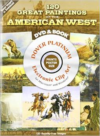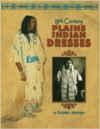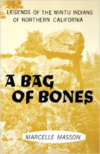Description
Some 13|000 years ago| humans were drawn repeatedly to a small valley in what is now Central Texas| near the banks of Buttermilk Creek. These early hunter-gatherers camped| collected stone| and shaped it into a variety of tools they needed to hunt game| process food| and subsist in the Texas wilderness. Their toolkit included bifaces| blades| and deadly spear points. Where they worked| they left thousands of pieces of debris| which have allowed archaeologists to reconstruct their methods of tool production. Along with the faunal material that was also discarded in their prehistoric campsite| these stone| or lithic| artifacts afford a glimpse of human life at the end of the last ice age during an era referred to as Clovis.
The area where these people roamed and camped| called the Gault site| is one of the most important Clovis sites in North America. A decade ago a team from Texas A&M University excavated a single area of the site–formally named Excavation Area 8| but informally dubbed the Lindsey Pit–which features the densest concentration of Clovis artifacts and the clearest stratigraphy at the Gault site. Some 67|000 lithic artifacts were recovered during fieldwork| along with 5|700 pieces of faunal material.
In a thorough synthesis of the evidence from this prehistoric “workshop|” Michael R. Waters and his coauthors provide the technical data needed to interpret and compare this site with other sites from the same period| illuminating the story of Clovis people in the Buttermilk Creek Valley.






Reviews
There are no reviews yet.